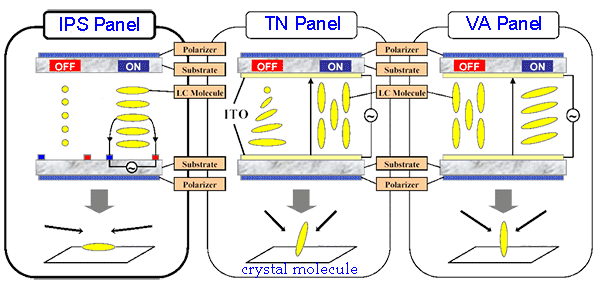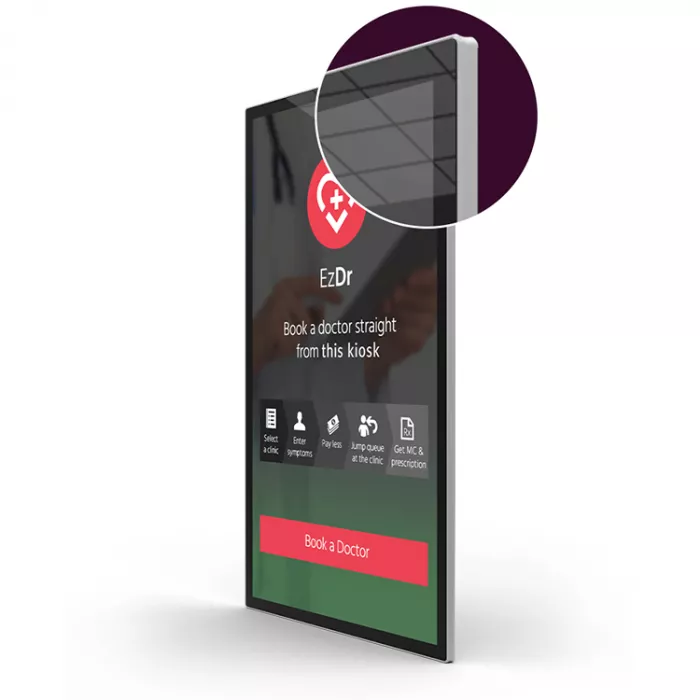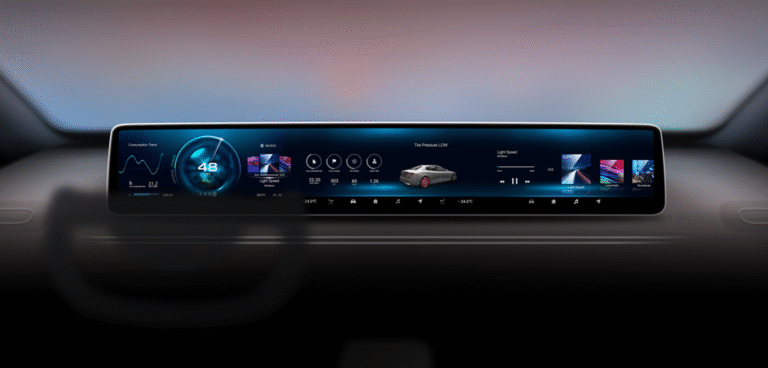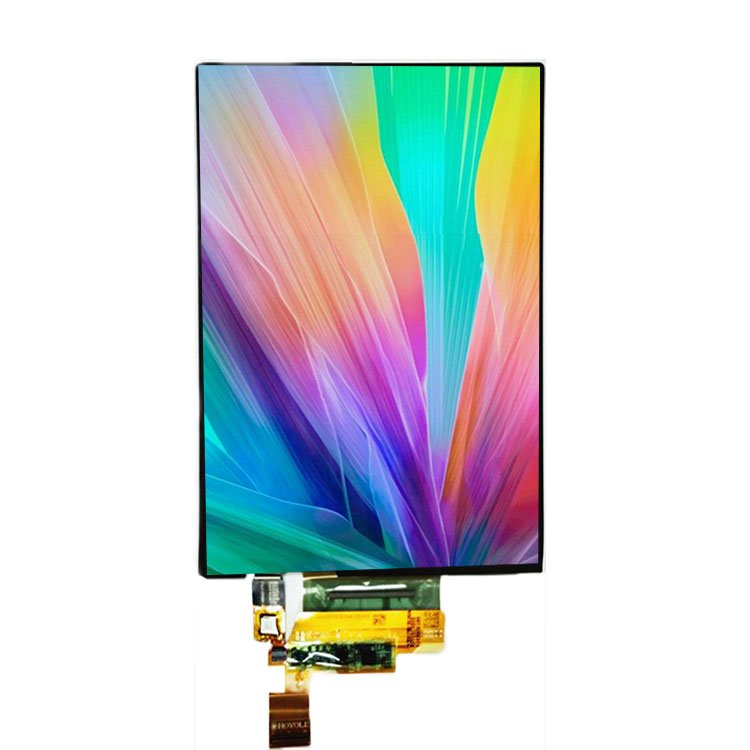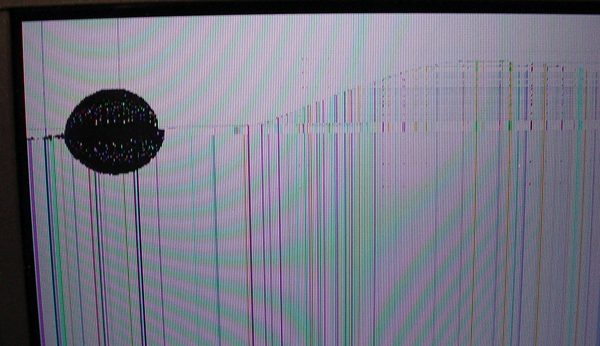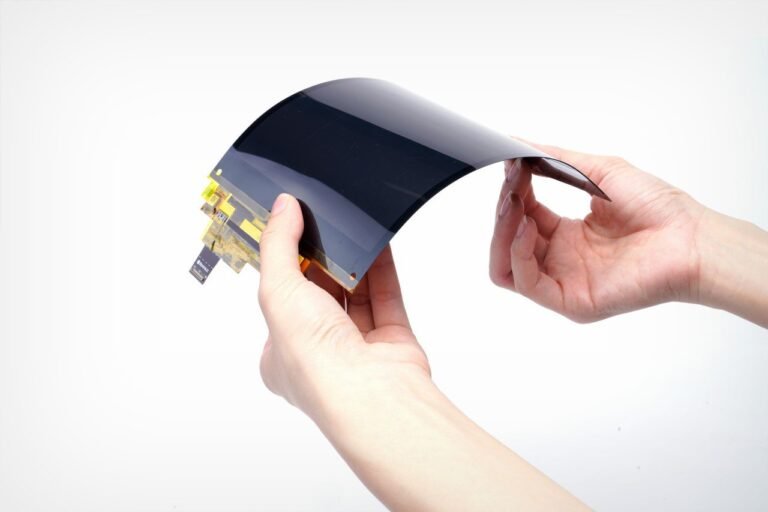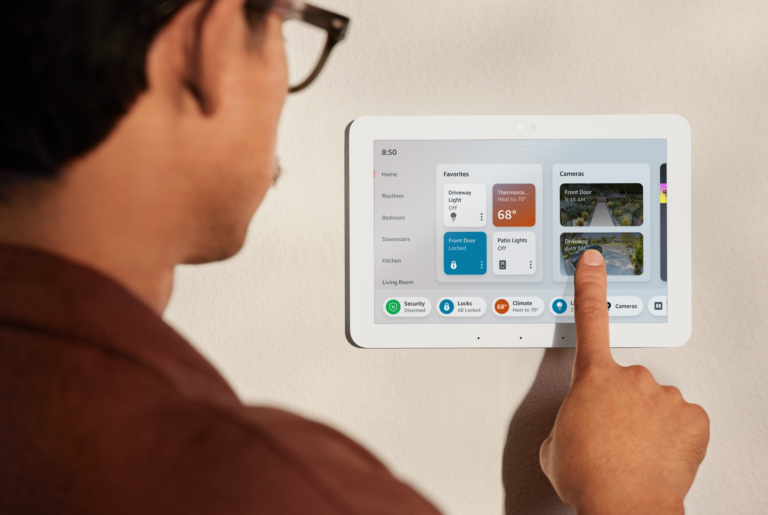1. Understanding TFT LCD Architecture
Definition and Function
TFT LCD represents an active matrix display structure in which each pixel is governed by a dedicated thin-film transistor. These transistors serve to enhance signal modulation, reduce cross-talk, and enable rapid refresh cycles, allowing for finer image granularity and faster updates.
Key Characteristics
- Active matrix framework
- Foundational technology for TN, VA, and IPS panel types
- Cost-effective with scalable resolution
2. Introducing IPS Technology
Electro-optical Innovation
IPS is a panel technology that addresses the inherent deficiencies of TN and VA panels, particularly with respect to limited viewing angles and suboptimal color accuracy. By aligning liquid crystals in parallel with the substrate plane, IPS allows consistent light transmittance across a wider field of view.
Distinctive Features
- Consistent chromatic output at oblique angles
- Reduced color inversion
- Widely used in color-critical applications
3. Clarifying TFT IPS vs IPS
A Hierarchical Relationship
In most technical contexts, the phrase “TFT IPS vs IPS” is not a comparative distinction but a layered description. IPS panels function within a TFT matrix. The term “TFT IPS” underscores that the IPS panel is driven by TFT—something that is always the case, though sometimes restated for clarity or emphasis.
| Attribute | Generic TFT (e.g., TN/VA) | IPS (Subtype of TFT) |
|---|---|---|
| Viewing Angle | Moderate to narrow | Ultra-wide (~178°) |
| Color Fidelity | Inconsistent in TN, fair in VA | High, stable across viewing angles |
| Response Time | Low in TN, variable in VA | Satisfactory, steadily improving |
| Cost Efficiency | High in TN, moderate in VA | Higher cost due to enhanced tech |
| Application Scope | Basic displays, gaming, budget use | Medical, professional, mobile screens |
4. When to Select TFT vs IPS
General TFT (TN/VA)
Recommended for performance-oriented, cost-sensitive environments where extreme accuracy is not a priority. Use cases include basic monitors, embedded devices, and industrial controls.
IPS Panels
Ideal for applications requiring superior image consistency, such as medical imaging, professional photography, premium mobile devices, and collaborative interfaces.
Conclusion: Resolving the TFT IPS vs IPS Disparity
Ultimately, “TFT IPS vs IPS” reflects a semantic clarification rather than a technological divergence. IPS remains a premium implementation within the TFT hierarchy. Professionals designing or sourcing display solutions should view IPS not as separate from TFT, but as an optimized configuration within it.
FAQs: Expert Insights on TFT IPS vs IPS
Q1: Are IPS displays universally superior to other TFT variants?
A: IPS is optimal for color accuracy and viewing angle but may lag behind TN in response speed, depending on application requirements.
Q2: Why is “TFT IPS” explicitly labeled in product descriptions?
A: To clarify that the IPS display is a TFT-based architecture, often for consumer understanding.
Q3: Is IPS appropriate for high-performance gaming?
A: Yes. Modern IPS panels offer competitive refresh rates and improved response times.
Q4: Can IPS exist independently of TFT architecture?
A: No. IPS requires the active matrix infrastructure provided by TFT.
Q5: How does IPS pricing compare to standard TFT?
A: IPS typically incurs higher manufacturing and retail costs due to its enhanced performance characteristics.
Reference Resources


